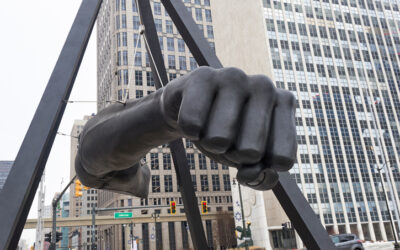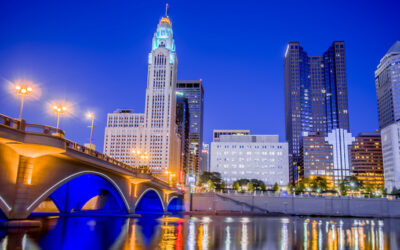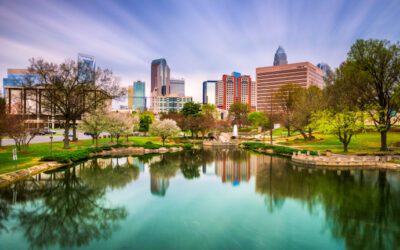When you think of Minneapolis, images of fresh air and its cool chain of lakes and parks might come to mind. Or maybe it’s the city’s awarding-winning restaurants, brewpubs and bars; excellent museums; or dynamic theater scene.
Of course, the enormous Mall of America is located here. The city also gets high marks for its outstanding school system and robust economy. In fact, 19 Fortune 500 companies are headquartered in Minnesota.
If you’re into sports, Minneapolis/St. Paul boasts six professional sports teams and is hosting the 2018 Super Bowl. And of course, it’s where superstar Prince called home. Need we say more?
However, not everything is always picture perfect. There are factors to consider before making the move to this Midwestern city. Here are some possible deal breakers to consider.
Baby, it’s cold outside! And winters seem to last forever!
There’s no way to sugar coat the fact that Minneapolis-St. Paul has the coldest climate of any big U.S. metropolitan area. It suffers through 23 days a year where the temperature drops to zero degrees or below. No other city even comes close to these frigid temps.
Minneapolitans endure long, brutal winters. That means buying plenty of cold-weather gear and packing an emergency kit for your car. Oh, and heating bills skyrocket during winter months.
“There is no way to fathom how to dress for the cold until you have been through a winter,” said Grace Day, a Greenbrier, TN, native, who moved to the Twin Cities in 2016. “The bitter, chill-you-to-the-bone temperatures will make you look at the thermometer and believe it to be broken. Heaven forbid when the wind blows – it will take your breath away. If you must move to Minneapolis, dress layers upon layers and give yourself plenty of time for preparation – they’re the only answers.”
Downtown Minneapolis does have the world’s largest continuous skyway connecting 80 city blocks, so you can get around downtown without stepping outside. Some, however, have described it as “living like a hamster.”
If this isn’t all bad enough, there’s the isolation factor as people settle into winter hibernation.
‘Minnesota nice’ isn’t so nice? (Leaves newcomers out in the cold)?
https://www.youtube.com/watch?v=xs8cgn6wJgQ
It seems that Minneapolitans have work to do when it comes to laying out the welcome mat to strangers. Outsiders say it’s difficult to break into their inner circle of family and friends. The message is, “We grew up here and already have friends.”
There are famous sayings that might just sum it up, reports MinnPost. How about, “Minnesotans will give you directions to everywhere but their house.” Or, “You want to make friends in Minnesota? Go to kindergarten.”
It’s not that Minnesotans aren’t friendly; it’s just that they’re good at keeping people at arm’s length.
“It’s Minnesota ‘nice.’ People could be a great friend but never consider you as ‘family,’” said Anamaria Flores, who moved here from West Lafayette, Indiana. “They celebrate holidays with family… In West Lafayette, foreigners were welcome; not so much here in Minnesota.”
Roads are getting more clogged as drivers sit in gridlock
Weather is nasty today in Minneapolis. Traffic is moving slow on this Super Bowl Saturday. #WPXI pic.twitter.com/TIS4RtNHRd
— Damany (@DamanyWSOC9) February 3, 2018
Minneapolis is now the country’s 15th most traffic-congested city. Drivers in Minneapolis-St. Paul waste an average of 40 hours a year stuck in traffic during peak periods, according to traffic-tracking company INRIX’s 2016 Traffic Scorecard.
That’s significantly more hours than it used to be. The number of hours that the average Twin Citian sits in traffic quadrupled from 1982 to 2014, according to a report by the Center of the American Experiment.
This congestion costs the Twin Cities metro area roughly $4 billion a year in wasted time and increased business costs. Bad public policy—not regional growth—is the primary reason that the Twin Cities is managing traffic poorly, according to a Twin Cities think tank.
And don’t forget that snowstorms and icy roads certainly don’t help with traffic flow.
Housing prices are high. No. They’re really high.
Excluding coastal states like California and New York, the Twin Cities metro area had the highest median new-home price in the nation’s 20 biggest metro areas, according to the 2014 U.S. Census data. The median value of a new home in the Twin Cities in 2014 was $336,000.
Prices have stayed at or near the top of other surveys since that time. People living here pay an average of 26 percent more than neighboring states, and the price gap is huge when compared with states in the south like Texas. (For example, in Houston, the median new-home price is $195,000).
These high housing costs mean fewer people can afford to live here. Renters also pay a pretty penny and have difficulty finding affordable housing. The median rent for a one-bedroom apartment in Minneapolis is $1,547 compared to $1,234 nationally, according to BankingRates.
Despite some challenges, there are still plenty of good reasons to move to Minneapolis—just know what you’re getting into. If you still plan to relocate here, check out our tips on moving to Minneapolis.


